Creatine is a popular supplement known for its benefits in muscle strength and athletic performance. But what exactly is creatine, and how does it help your body? From helping you gain lean muscle mass to boosting high-intensity exercise performance, creatine supplementation has become a staple for athletes and gym-goers. In this comprehensive guide, we'll dive into the science of creatine, its benefits, how to take it, and its safety profile.
"Fuel your workouts with the power of creatine and experience the difference in muscle strength and endurance."
What is Creatine and How Does It Work?
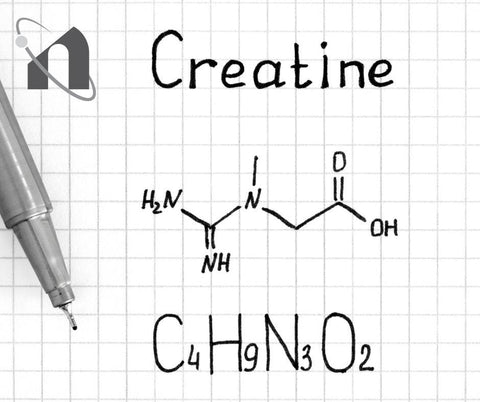
Creatine is a naturally occurring compound found in small quantities in foods like meat and fish and synthesized by the body. It is primarily stored in skeletal muscles in the form of phosphocreatine, which plays a crucial role in energy production. During high-intensity exercise, creatine helps regenerate adenosine triphosphate (ATP), the primary energy molecule, allowing for improved exercise capacity and performance.
- Creatine Phosphate and ATP: Creatine supplements enhance the availability of phosphocreatine, increasing ATP production for short bursts of power, essential for activities like sprinting, strength training, and power sports.
- Muscle Hydration: Creatine also promotes muscle hydration by drawing water into muscle cells, contributing to muscle growth and reducing muscle fatigue.
"Creatine works by boosting ATP production, giving you the energy you need for those extra reps and improved performance."
Benefits of Creatine
Creatine offers numerous benefits, especially for those engaging in weight lifting and high-intensity exercise. Here are some of the key benefits:
- Enhanced Muscle Strength and Growth: Studies show that creatine supplementation significantly increases muscle mass and strength. It is particularly effective during resistance training and helps add lean muscle mass.
- Improved Athletic Performance: Creatine is one of the best supplements for enhancing performance in high-intensity activities such as sprinting, power sports, and strength training.
- Faster Muscle Recovery: Creatine can reduce muscle cell damage and inflammation, leading to faster muscle recovery after intense exercise.
- Increased Exercise Capacity: By aiding in ATP regeneration, creatine helps you maintain high performance during repeated short bursts of exercise, improving overall exercise capacity.
"Boost your strength, build lean muscle, and recover faster – that's the power of creatine."
Remember: Creatine is most effective when paired with proper training and hydration. Make sure you are getting enough water to optimize results.
How to Take Creatine for Best Results
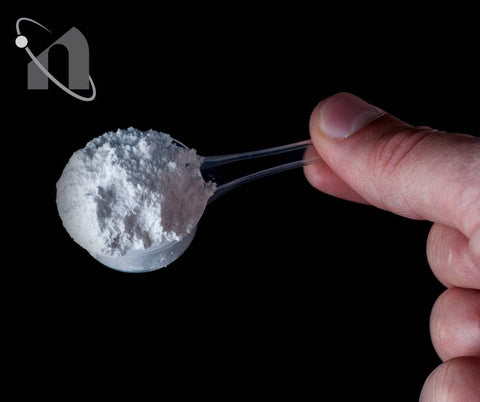
Creatine can be taken in different forms, with creatine monohydrate being the most popular. To get the best results from creatine supplementation, it's important to understand the different phases:
- Loading Phase: For quicker results, start with a loading phase of 20 grams of creatine per day for 5-7 days. This helps saturate your muscles with creatine more rapidly.
- Maintenance Dose: After the loading phase, switch to a maintenance dose of 3-5 grams per day. This helps maintain optimal creatine levels in your muscles.
- When to Take Creatine: Creatine can be taken before or after workouts. Studies suggest taking creatine after a workout may help with muscle recovery and growth, but it ultimately depends on personal preference.
Do you prefer taking creatine before or after your workout? Cast your vote and see what others are doing!
"To load or not to load – find the creatine routine that fits your goals."
Different Types of Creatine
While creatine monohydrate is the most researched and widely used form, there are other types of creatine available:
- Creatine Monohydrate: The most effective and affordable form, proven to enhance muscle strength and exercise performance.
- Creatine HCL (Hydrochloride): Known for its better solubility and reduced risk of bloating, creatine HCL is popular among those who experience stomach discomfort with creatine monohydrate.
- Buffered Creatine and Other Forms: These forms are marketed to reduce side effects, though they have limited evidence compared to creatine monohydrate.
"Creatine monohydrate remains the gold standard, but explore options like creatine HCL for specific needs."
Creatine Safety and Side Effects
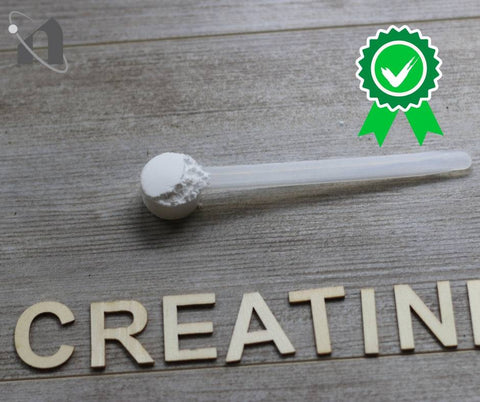
Creatine is generally considered safe for healthy individuals when taken at recommended doses. Here are some key considerations:
- Kidney Function: Concerns about creatine affecting kidney function are largely unsupported in healthy individuals. However, if you have pre-existing kidney issues, consult a doctor before taking creatine.
- Water Retention and Bloating: Creatine may cause water retention, leading to a temporary increase in body weight. This is due to increased muscle hydration and is a sign that creatine is working effectively.
- Dosage Safety: The typical maintenance dose of 3-5 grams per day is well-tolerated, and long-term studies show that creatine is safe when taken consistently.
- Reputable Studies: Numerous studies have confirmed that creatine is safe for long-term use, with no significant adverse effects on kidney function or liver health in healthy individuals.
Always consult with your healthcare provider before starting any supplement, especially if you have pre-existing health conditions.
"Creatine is safe and effective for most people, but always consult with a healthcare professional if you have any concerns."
Before and After Creatine: What to Expect

Creatine supplementation can lead to noticeable changes in muscle size, strength, and performance:
- Initial Gains: During the first few weeks, you may notice an increase in muscle size due to increased water retention in muscle cells. This is often seen as a positive sign that creatine is working.
- Increased Strength: With consistent use and proper training, you should see improvements in strength and the ability to lift heavier weights.
- Improved Performance: Athletes may notice enhanced performance in short bursts of high-intensity activities, such as sprinting or weight lifting.
"See the difference creatine makes – from improved strength to noticeable muscle gains."
Conclusion
Creatine is a well-researched supplement that offers numerous benefits, from improving muscle growth and strength to enhancing athletic performance. Whether you are a beginner or a seasoned athlete, creatine can help you achieve your fitness goals by boosting energy production, increasing exercise capacity, and speeding up muscle recovery. Remember, consistency is key, and understanding how to properly use creatine can make all the difference.
"Take your workouts to the next level with creatine – the powerhouse supplement for athletes."
FAQs
What does creatine do for your body?
Creatine helps regenerate ATP, the energy molecule, enhancing strength, power, and exercise capacity.
Is creatine safe for long-term use?
Yes, creatine is safe for long-term use in healthy individuals when taken as directed.
How much creatine should I take per day?
A maintenance dose of 3-5 grams per day is sufficient for most people.
Should I take creatine before or after a workout?
You can take creatine before or after a workout, but many prefer post-workout for better recovery.
What are the side effects of creatine?
Common side effects include water retention and, in rare cases, stomach discomfort.
Takeaways
- Creatine boosts energy production by increasing ATP levels.
- It helps improve muscle strength, growth, and exercise capacity.
- Creatine monohydrate is the most effective form for supplementation.
- A loading phase can accelerate muscle saturation, followed by a maintenance dose.
- Creatine is safe for most individuals, with few side effects.
- Improvements in strength and muscle mass can be seen within weeks of consistent use.
References
- Study on Long-Term Creatine Safety – A comprehensive study confirming the long-term safety of creatine.

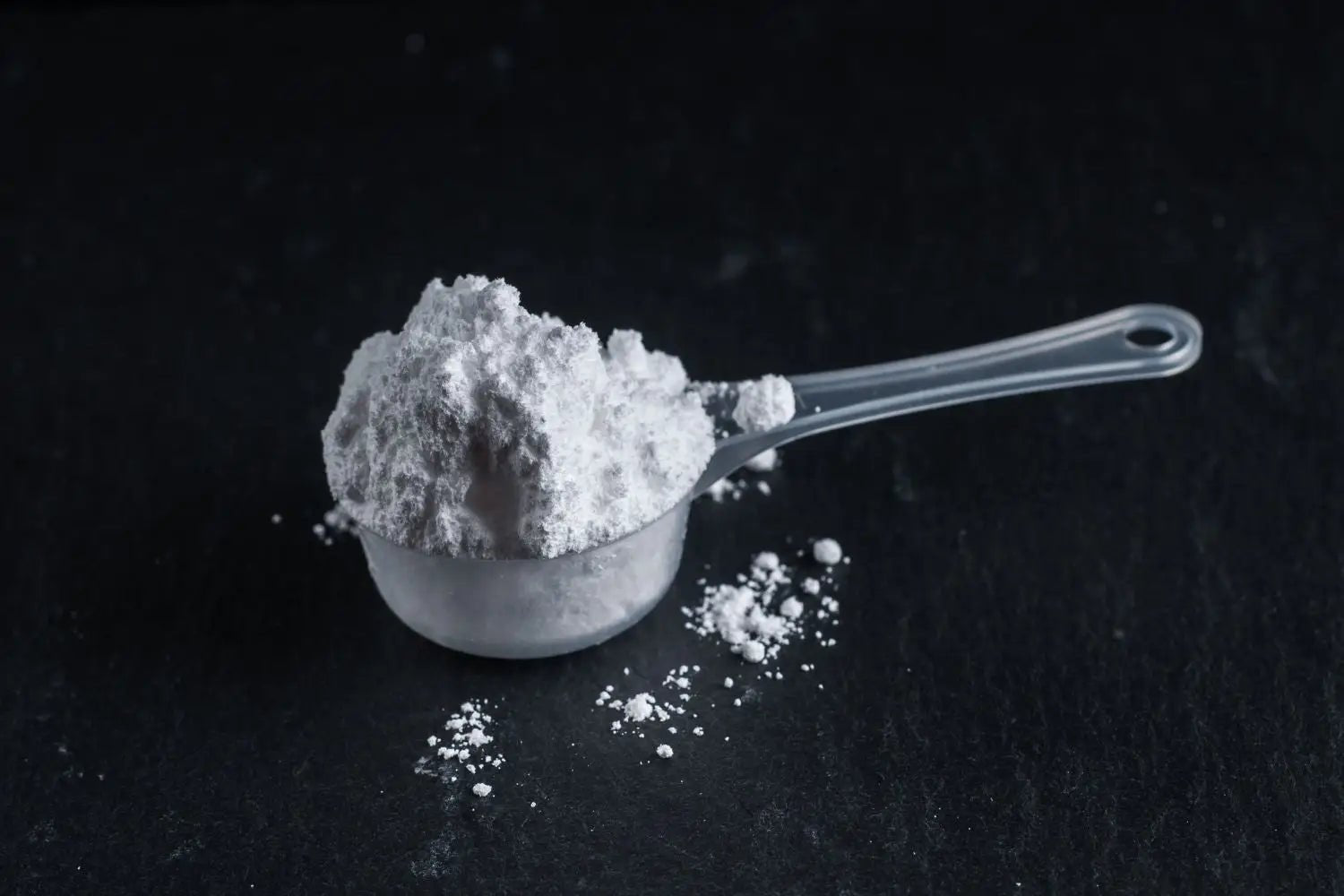

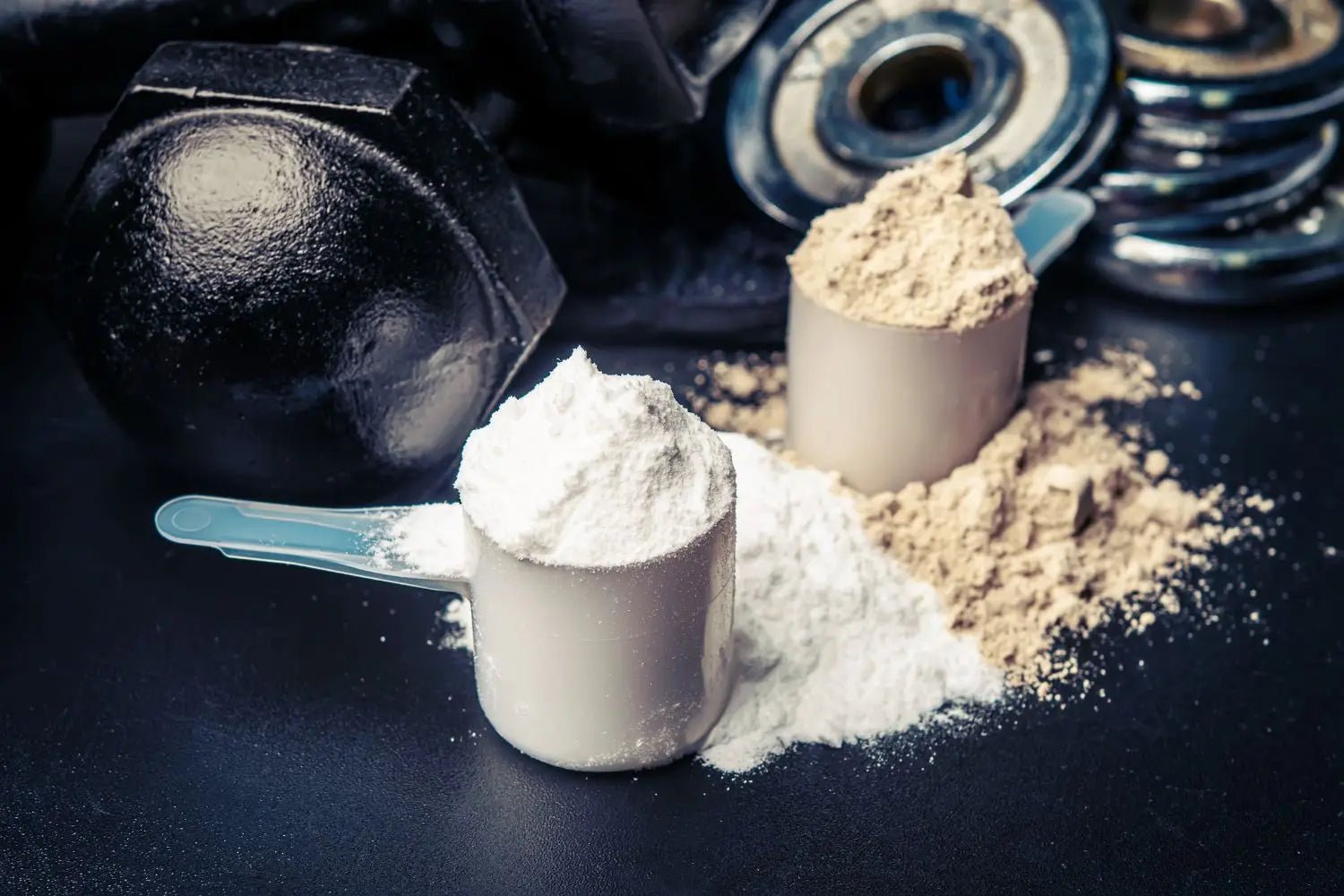
Leave a comment
All comments are moderated before being published.
This site is protected by hCaptcha and the hCaptcha Privacy Policy and Terms of Service apply.